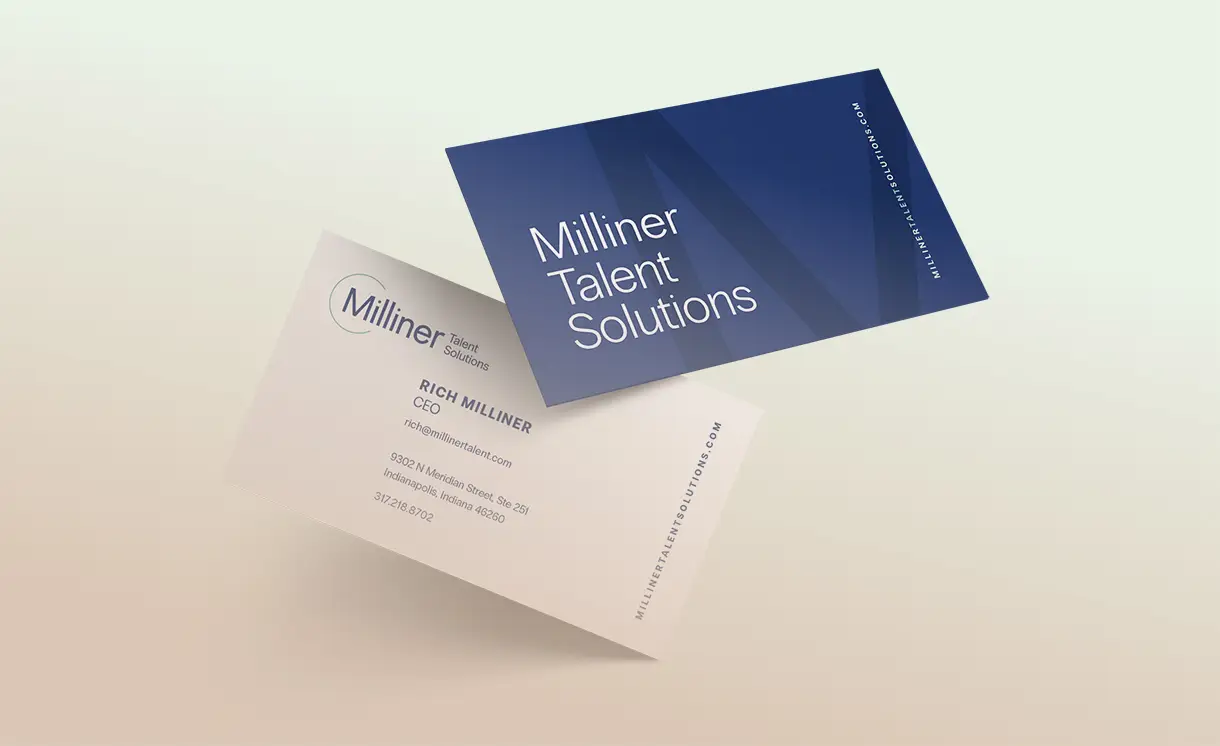A well-crafted resume is your ticket to landing interviews and, ultimately, your dream job. In a sea of applicants, how do you ensure yours stands out?
At Milliner Talent Solutions, we have decades of experience helping people just like you find the right job. To help, we’ve compiled a list of essential tips for creating a resume that captures attention and showcases your qualifications effectively.
1. Customize Your Resume For The Job
Every job is unique, and your resume should be unique, too. Tailor your document to align with the specific requirements of each position you apply for. Highlight relevant skills and experiences, and incorporate keywords from the job description to demonstrate you’re a perfect fit.
2. Choose a Simple, Professional Layout
Your resume should be easy to read and visually appealing. Use a clean layout with plenty of white space. Stick to professional fonts (like Calibri or Garamond) and consistent formatting. Organize sections clearly to guide the reader’s eye through your qualifications.
To get started, check out our downloadable resume templates.
3. Craft a Compelling Summary
Begin with a strong summary statement that encapsulates your professional background and what you aim to achieve. This brief overview should highlight your most impressive achievements and key skills, enticing hiring managers to read further.
4. Focus on Achievements Over Duties
When listing your work experience, prioritize achievements over responsibilities. Use specific examples and measurable outcomes to illustrate your contributions. For instance, instead of stating, “Managed a team,” say, “Led a team of 10 to achieve a 30% increase in project efficiency.”
5. Be Concise
Employers often have limited time to review resumes, so keep yours concise. Aim for one page if you have fewer than 10 years of experience; two pages are acceptable for more extensive careers. Eliminate irrelevant details and ensure every word adds value.
6. Highlight Key Skills
Identify the skills that are most relevant to the job and list them prominently. Include a mix of hard skills (technical proficiencies) and soft skills (like communication and problem-solving). Make sure these skills reflect what the employer is seeking.
7. Edit Ruthlessly for Errors
Attention to detail is crucial in a resume. Carefully proofread for typos and grammatical mistakes. Even small errors can create a negative impression. Consider using online grammar checkers or asking a trusted friend to review your resume for a fresh perspective.
8. Use Strong Action Verbs
Start each bullet point with action verbs to create a dynamic narrative of your professional journey. Words like “designed,” “executed,” “analyzed,” and “spearheaded” convey a sense of initiative and results-oriented thinking.
9. Include Education and Credentials
List your educational background and any relevant certifications. Position this section based on its importance to the job you’re applying for—if your education is particularly relevant, place it near the top; otherwise, it can follow your work experience.
10. Make Your Contact Information Clear
Your contact details should be easy to locate. Include a professional email address, phone number, and, if applicable, a link to your LinkedIn profile or portfolio. Ensure all links work and that your information is current.
Conclusion
Your resume is more than just a document; it’s a powerful tool that represents your professional brand. By tailoring your resume, maintaining a clean format, and emphasizing your achievements, you can create a compelling narrative that resonates with potential employers. Remember, the goal is to showcase your unique value proposition—make sure your resume does just that! Good luck with your job search!




